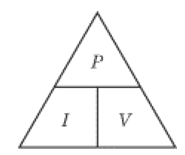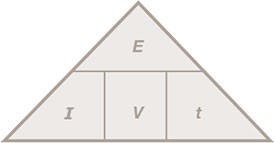2.02 understand how the use of insulation, double insulation, earthing, fuses and circuit breakers protects the device or user in a range of domestic appliances
Fuses Stop the flow of current by melting if the current is too high. So protecting sensitive components and people because if the components function at too higher temperature it can cause a fire.
Circuit breakers again break the circuit if current is too high.
Insulation and double insulation prevent people from touching exposed wires and getting shocks.
Earthing provides a low resistance path to the earth so if some one does come into contact with a current instead of flowing through them to the earth giving them a shock it flows through the earthing wire.



